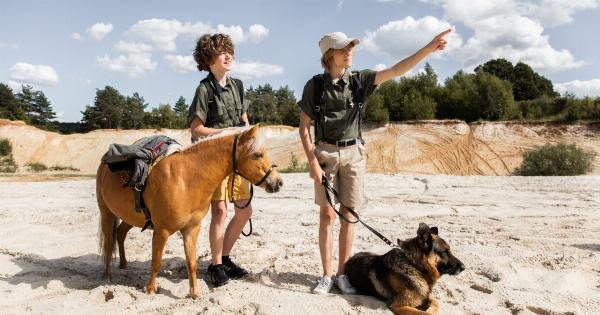Autism is a complex neurobehavioral disorder that affects an individual’s communication, social and emotional behavior, and cognitive functioning.
Children with autism may find it challenging to regulate their emotions, cope with stress, and express themselves. Traditional therapies like talk therapy, occupational therapy, and behavioral therapy help to support individuals with autism in various ways. However, canine therapy is emerging as a new and innovative approach to support individuals with autism.
What is Canine Therapy?
Canine therapy, also called animal-assisted therapy or dog therapy, is a non-invasive therapeutic intervention that involves dogs to help individuals improve their physical, emotional, and social well-being.
Canine therapy has been successful in treating various conditions such as depression, anxiety, post-traumatic stress disorder, and autism.
The Benefits of Canine Therapy
Canine therapy uses the animal-human bond to promote physical, emotional, and social growth. The presence of a dog in a therapeutic environment helps to reduce anxiety, stress, and feelings of isolation.
The following are some benefits of canine therapy for individuals with autism:.
1. Social Interaction
Children with autism may experience difficulties communicating and interacting with others. Dogs have non-judgmental personalities and offer unconditional love, making them perfect companions for individuals with autism.
Canine therapy provides a safe and comfortable environment for children with autism to socialize and interact with others.
2. Mood Regulation
People with autism often feel overwhelmed by their emotions, leading to behavioral outbursts. The calming presence of a dog in a therapeutic environment helps regulate emotions, leading to fewer outbursts and an overall reduction of stress levels.
3. Sensory Stimulation
Canine therapy provides a range of sensory experiences, such as tactile stimulation and visual and auditory cues. These experiences can help individuals with autism develop better sensory processing and integration skills.
A Dog’s Sweet Gesture Helps a Girl with Autism Regulate her Emotions
Recently, a heartwarming story emerged about a girl with autism who found solace in her dog, a golden retriever named Hixson.
Hixson is a certified therapy dog in Texas, who was trained by his owner, Shannon Anderson, to help children with autism regulate their emotions and develop better social skills.
Shannon’s daughter, Brittany, who is now 21, was diagnosed with autism when she was three years old. Shannon knew that Brittany connected well with animals, so she decided to bring Hixson into her life.
Hixson and Brittany’s bond grew stronger over time, and Hixson was quick to sense when Brittany was feeling overwhelmed or anxious. Hixson would nudge his head against her, lick her face, or lay his head on her lap to comfort her.
Brittany’s mother noticed a significant improvement in her daughter’s emotional regulation and social skills since Hixson became part of the family.
Brittany became more confident, expressive, and connected with others, all thanks to Hixson’s sweet gestures.
Conclusion
Canine therapy is an effective and innovative approach to support individuals with autism in regulating their emotions, socializing, and developing a range of skills.
Therapy dogs like Hixson provide unconditional love, emotional support, and a comforting presence that can make a significant difference in a child’s life.






























